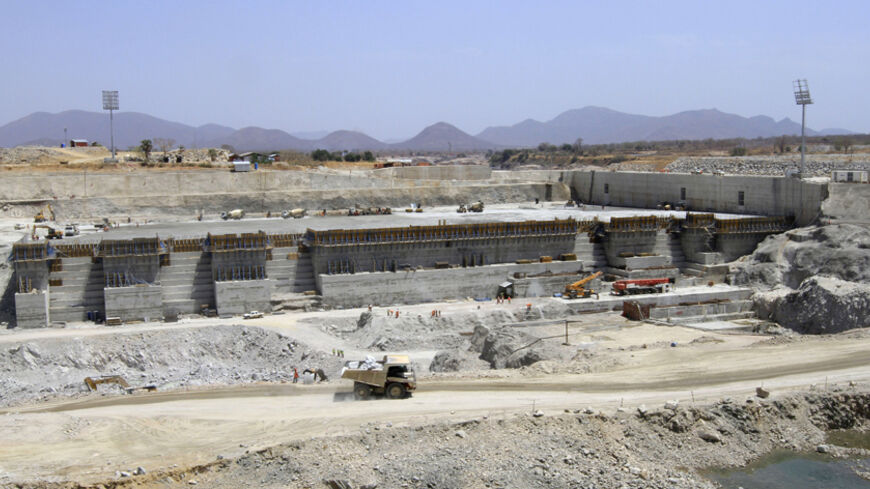CAIRO — Despite the need to store extra water from this year’s floods to activate the Grand Ethiopian Renaissance Dam in September 2015, the Egyptian government had to discharge extra amounts of water — other than the amount that is released from the Aswan Dam on a daily basis — to generate more hydroelectric power to solve the power cut crises. The Renaissance Dam, on the Blue Nile River in Ethiopia, is expected to become the largest hydroelectric power plant in Africa and will have direct consequences on Egypt and Sudan.
According to Hossam el-Moghazy, the Egyptian minister of water resources and irrigation, the Aswan Dam committee has discharged 10 million cubic meters (353 million cubic feet) from the Nile per day, for 10 days, to produce more hydroelectric energy.



